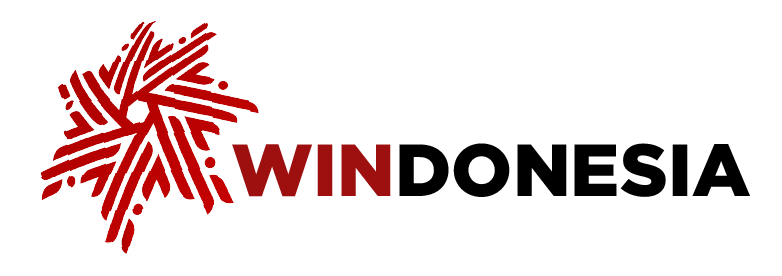Latest News
Around 25,000 guests from across Papua packed Wasior District, Wondama Bay Regency, West Papua Province ahead of the 100 year anniversary the Dominee Izaak Samuel Kijne Mission, also acknowledged as a celebration for indigenous Papuan modernity, on Oct. 25, 2025.
The influx of guests continued from Oct. 17–Oct. 24, 2025. Around 6,000 people arrived to Wasior District aboard the Pelayaran Nasional Indonesia (Pelni) passenger ship KM Sinabung, which was also being prepared as a floating accommodation for VIP guests of the historic celebration.
"The preliminary estimate is that 25,000 people have arrived as of today. That includes those arriving on the KM Sinabung," stated Izaak Samuel Kijne Mission Centennial Celebration Organizing Committee Deputy Chair Hendrik Mambor at Kuri Pasai Port in Wasior District on Oct. 24, 2025.
The guests include, among others, West Papua Deputy Governor Mohamad Lakotani, West Papuan People's Legislative Council Speaker Orgenes Wonggor, Military Regional Commander XVIII/Cassowary Maj. Gen. Christian Kurnianto Teheteru, West Papua Regional Police Chief Insp. Gen. Jhony Edisson Isir, House of Representatives members Obeth Ayok Rumbruren and Caroline Makalew, Senator Filep Wamafma, as well as several regional heads.
The arrival of thousands of visitors for the celebration demonstrated the public's enthusiasm for commemorating the history of the first formal education for indigenous Papuans, which was pioneered by Dominee Izaak Samuel Kijne on Aitumeiri Hill in Miei Village, Wasior District on Oct. 25, 1925.
Nixon Rumaseb, a participant from Mimika Regency, Central Papua Province, said that he and thousands of other residents came to express their gratitude for Kijne's great work, which has opened the door to modernity for the Papuan people.
"As Papuans, this celebration is in remembrance of Dominee Izaak Samuel Kijne's mission in Papua, particularly in Wondama Bay," said Nixon, an Evangelical Christian Church of the Land of Papua (GKITP) Mimika Classis member.
He hopes that this historic celebration will go beyond a ceremonial activity to become the starting point for renewal and transformation in the lives of Papuans, especially in the area of human resource development.
"We are grateful to be present at this beautiful moment. We hope that the spirit of change will continue to grow and develop as a result of the preaching of the Gospel in Papua," he said.
A thanksgiving service at the Aitumeiri civilization stone field was held as the culmination of the centenary of indigenous Papuan modernity, followed by the laying of the cornerstone for the construction of the Great Cross Monument and the Kijne Statue.
In addition, there was a photo exhibition and diorama depicting the history of the Gospel in Papua. The series of activities was also enlivened by a colossal indigenous dance performance.

